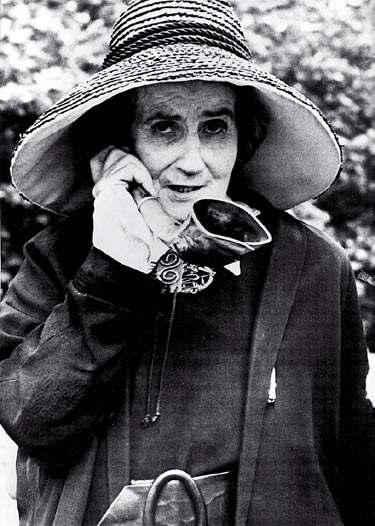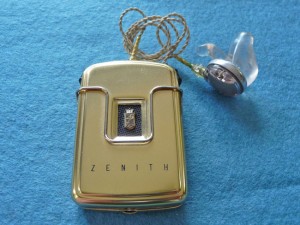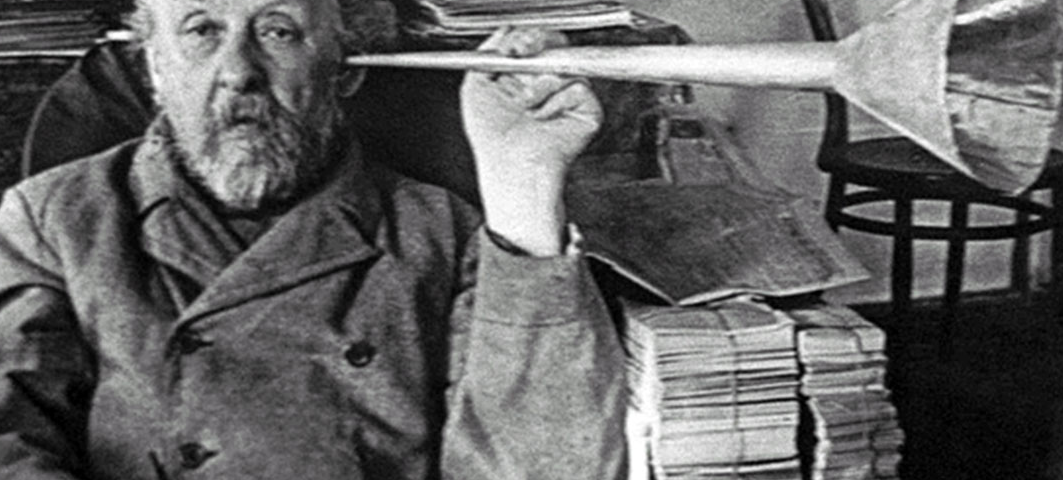- Have any questions? Call us today!
- +60193512572

Different styles of hearing aids
May 3, 2012
Hearing Aids Myths and Facts
January 15, 2013Early hearing aids – One of the first hearing aids, the Metal Ear, was created in the 17th century and was made to be put over ears. The hearing aids created in the beginning of the 19th century were bulky devices that would sit on tables.
Later, in the 19th century, ear trumpets and cones were used as hearing aids. The first full-scale manufacturer of hearing aids was Frederick Rein of London in 1800. He produced ear trumpets, hearing fans, and conversation tubes.
 These instruments helped amplify sounds, while still being portable. There was one major flaw to early hearing aids. This flaw was that the longer or wider the instrument, the greater the sound. So in order for these instruments to be portable, it had to be downsized, which caused it to not be as beneficial to the individual. Finally in the late 1800s, the acoustic horn, which was a tube that had two ends, a cone that captured sound, and was eventually made to fit in the ear.
These instruments helped amplify sounds, while still being portable. There was one major flaw to early hearing aids. This flaw was that the longer or wider the instrument, the greater the sound. So in order for these instruments to be portable, it had to be downsized, which caused it to not be as beneficial to the individual. Finally in the late 1800s, the acoustic horn, which was a tube that had two ends, a cone that captured sound, and was eventually made to fit in the ear.
Toward the late 19th century, individuals pushed for the idea of hidden hearing aids. This push caused for a change in hearing aids to be more invisible. As a result, hearing aids would be hidden in couches, clothing, and accessories. The invisibility of the hearing aid also hurt the hearing of the individual, because there was more worry for society to find out that the individual had a disability than helping out the individual. It was not until the development of miniaturisation that hearing aids became more focused on helping individuals with disabilities and not hiding the disability
The First Electronic Hearing Aids

The first electronic hearing aids were constructed after Alexander Graham Bell’s telephone in 1876. The technology within the telephone increased how acoustic signal could be altered. Telephones were able to control the loudness, frequency, and distortion of sounds. These abilities were used in the creation of the hearing aid. One of the first documented portable hearing aids was by J.C. Chester from Montana who attached a telephone to a battery and carried it on him with the receiver on his ear.
The first electric hearing aid, called the Akouphone, was created by Miller Reese Hutchisonin 1898. It used a carbon transmitter so that the hearing aid could be portable. The carbon transmitter was used to amplify sound by taking a weak signal and using electric current to make it a strong signal. These electronic hearing aids could eventually be shrunk into purses and other accessories.
One of the first creators of the electronically amplified hearing aid was the Siemens company in 1913. These hearing aids were bulky and not easily portable. They were about the size of a “tall cigar box” and had a speaker that would fit in the ear. The first vacuum-tube hearing aid was patented by a Naval engineer Earl Hanson in 1920. It was called the Vactuphone and used the telephone transmitter to turn speech into electrical signals. After the signal was converted, it would be amplified when it moved to the receiver. The hearing aid weighed seven pounds, which made it light enough to be carried. Companies like Western Electric were able to shrink vacuum tubes. This caused hearing aids to become smaller and between the 1920s and 1930s, the hearing aid business attracted more individuals. By the 1930s, hearing aids had become wearable and even more popular to the public. The 20th century marked the moment where hearing aids shifted to an engineering aspect.
Military technological advances that occurred during World War II helped the development of hearing aids. The Acousticon’s Model 56 was created in the mid-1920s and was one of the first portable hearing aid units, although it was quite heavy. One of the major advances that World War II enabled was the idea of miniaturisation. This could be seen by Zenith’s pocket-sized Miniature 75.
Transistor hearing aid

The development of transistors in 1948 by Bell Laboratories led to major improvements to the hearing aid. The transistor was invented by John Bardeen, Walter Brattain, and William Shockley. Transistors were created to replace vacuum tubes; they were small, required less battery power and had less distortion and heat than their predecessor. These vacuum tubes were typically hot and fragile, so the transistor was the ideal replacement. The size of these transistors led to developments in miniature, carbon microphones. These microphones could be mounted on various items, even eyeglasses. In 1951, Raytheon manufactured the transistor and was one of the first companies to mass produce transistors to throughout America. Raytheon realised that their hearing aid only lasted short-term and began to sell the vacuum-tube hearing aids again along with transistor hearing aids.
The act of putting transistors into hearing aids was so quick that they were not properly tested. It was later found that transistors could not get damp. Because of this dampness, the hearing aid would only last for a few weeks and then die. In order to stop this from happening, a coating had to be put on the transistor to protect it from the dampness. This problem had to be fixed in order for transistors in hearing aids to be successful.
Zenith was the first company to realise the problem with transistors was the body heat of individuals. After coming to this conclusion, the first “all-transistor” hearing aids were offered in 1952, called the Microtone Transimatic and the Maico Transit-ear. In 1954, the company, Texas Instruments, produced a silicon transmitter, which was much more effective than the previous version. The end of the transmitter was marked by the creation of the integrated circuit or IC by Jack Kilby at Texas Instruments in 1958 and the technique was perfected in hearing aids over the next 20 years.
Digital hearing aid
Beginning in the early 1960s, Bell Telephone Laboratories created a process for creating both speech and audio signals on a large mainframe computer. Because of the size of digital computers, the process of simulating hearing aids was extremely slow. The progression of the audio speech signal took longer than the length of the duration of the signal itself. In order to get the power needed to process the sound, a large mainframe computer was needed. This made it nearly impossible to conceive the idea that hearing aids could be made into something that could be made to fit onto an ear. This research was important for learning about how to develop sounds for those with hearing disabilities.
In addition, in the 1970s, the microprocessor was created. This microprocessor helped to open up the door to miniaturisation of the hearing aid. Moreover, researcher Edgar Villchur developed multi-channel amplitude compression. Amplitude compression enabled audio signal to be separated into frequency bands. These bands were able to adjust sounds so that sounds that were more intensive were weakened and sounds that were weakened would become more intensified. The system of multi-channel amplitude compression would be later used as the fundamental structural design for the first hearing aids that used digital technology.

The first commercial digital hearing aid was created in 1987 by the Nicolet Corporation. The hearing aid contained a body-worn processor that had a hardwire connection with an ear mounted transducer. While the Nicolet Corporation’s hearing aid was not publically successful and the company shortly folded, it was able to start a competition between companies to create more effective hearing aids. Two years later, in 1989, the behind-the-ear (BTE) digital hearing aid was launched.
In addition to the Nicolet Corporation, Bell Laboratories expanded upon the hearing aid business by developing a hybrid digital-analog hearing aid. This hearing aid used digital circuits to handle a two-channel compression amplifier. Even though early research on this hearing aid was successful, AT&T, the parent company to Bell Laboratories, pulled out of the hearing aid market and sold its rights to Resound Corporation in 1987. When the hearing aid was put on in the market, it was instantaneously successful. This development helped bring major changes to the world of the hearing aid.
After the success of the Resound Corporation, other hearing aid companies began putting out hybrid hearing aids that included analogue amplifiers, filters, and limiters that were managed digitally. There were many benefits to these hearing aids; which included storing parameter settings, having a capability for paired-comparison testing, having settings for different acoustic environments, and having more advanced methods of signalling; this which included multi-channel compression.
The next major milestone was creating an all-digital hearing aid. The Oticon Company developed the first digital hearing aid in 1995, but it was only distributed to audiological research centres for research on digital technology in the realm of acoustic amplification. The Senso was first commercially successful, all-digital hearing aid was created by Widex in 1996. After the success of the Senso, Oticon began marketing their own hearing aid, the DigiFocus.
Presently, the digital hearing aid now becomes programmable. By making the hearing aid programmable, it has allowed hearing aids to be capable of regulating sound on their own, without using a separate control. The hearing aid can now adjust itself depending on what environment it is in and often does not even need a physical volume control button.
Hearing aid chips
One of the first digital chips was created by Daniel Graupe. The digital chip, referred to as the Zeta Noise Blocker, routinely adjusted the gain in the frequency channels to help control high levels of noise. The chip was integrated into a number of hearing aids in the 1980s. In addition to the Zeta Noise Blocker, there was a development of digital chips that were devoted to high-speed digital signal processing or DSP. DSP chips became available in 1982 and began to be implemented into hearing aids. By 1988, chips were produced in hearing aids. One of the major contributions of these chips was the ability to process both speech and other types of noises in real time. One major downfall of these chips was that they were massive and used up a lot of battery, which made them nearly impossible to be worn.
(source: http://en.wikipedia.org/wiki/History_of_hearing_aids)

